
2012 national competition project #054 | cafeteria redesign
Flaws of the Charger Café
There are many flaws with our cafeteria, from the ceiling to the floor. The Cafeteria itself is not inviting to students, even making people skip lunch. The floors are hard to clean, the ceiling is plain, and the walls retain dirt that is impervious to any cleaner. The heaters that keep everyone warm while eating are loud, dirty, and s insulation that’s falling off the piping. Also, the lighting for the room is rather dreary. The cafeteria would be a greater place for students and faculty to mingle.
The walls are where most of the attention is needed. The painted block is hard to clean, and that is just more added work to the custodians. Instead of having block; I would cover walls with a type paneling that is used in car washes and in hospitals. This makes the walls easier to clean, and better looking than white block. These walls are easy to install, by just using a construction adhesive and apply them to the walls.
Alongside the walls are radiant heaters, where “trouble making” students have stuck food or paper in and have damaged them greatly. With all the shaking noise coming from them, it isn’t very hard to get a headache. So instead of continuing use of the crippled system, I would replace it with a newer and more energy efficient system, which is powered by solar energy. The new heaters would have a covering or be secluded by a removable grate, so students wouldn’t be able to destroy them. This would save energy for the school, be better working in the winter and summer months. With those changes in the heating, it would be a more tranquil place to eat.
While students eat, they don’t have very good light. There are fluorescent lights and windows that barely let any light out or through. I would put in a skylight, adding a natural light, and a better atmosphere to eat and lounge. Along with solar light, the school cafeteria would be making yet another step towards a greener way of operating. This takes less pressure of the school and the power grid. If there are solar tubes added to the ceiling and roof, if would create more heat during the winter months. I will consider all types of solar energy design options, because it ultimately looks and works better, and creates an almost natural luster instead of the fluorescent hospital type environment.
The ceiling along with the lights is a bland grey tiles. That tile is acoustical, which means it’s supposed to absorb sound, but it doesn’t really work. I believe that instead of the method of reducing echoing noise, the ceiling should be replaced with some type of acoustical paneling that takes up a greater area. With that greater area, the noise would be reduced more, and with that, everyone doesn’t have to yell to talk about math class.
Finally the floor needs some work; the tiling is just a magnet for trash and food, making a grimy and hard to clean area. If the floor is replaced with a plain surface, like stamped concrete, it would be easier to clean. If a smooth surface is cleaned, it shines when the light hits it, making the eating space more appealing. The floor is the first thing anyone sees when they walk into the room, if it looks good people would feel the cafeteria is a nice place to eat.
The cafeteria has its problems, and I will use this competition to brainstorm and find solutions. Even if the plans do not become a reality, it will give a chance for me, an architectural student, to have a first glance at a real world problem, which is the best learning tool for anyone to have. This makes more initiative to better the school, and eventually society.

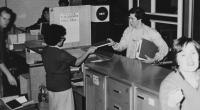


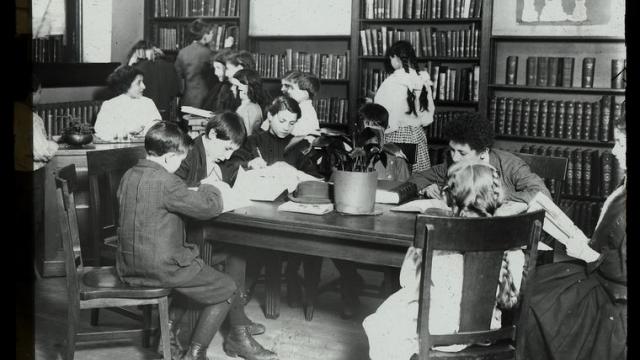
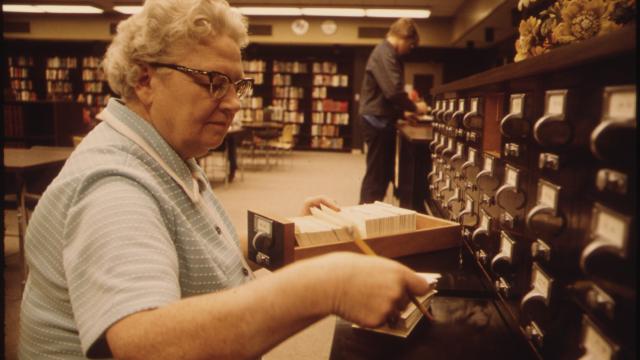
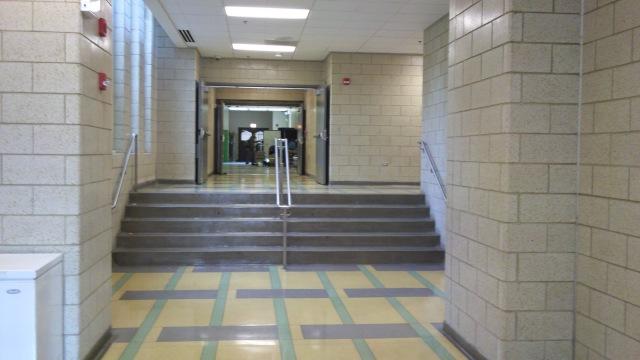









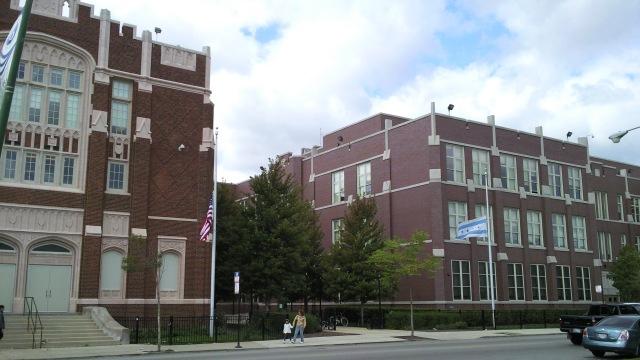

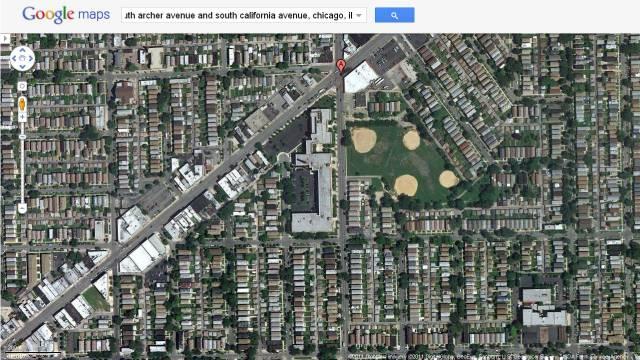


















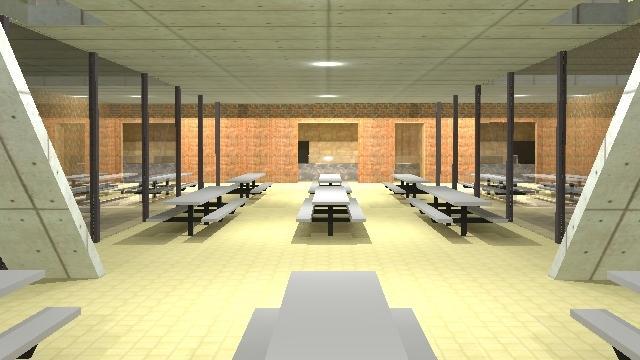

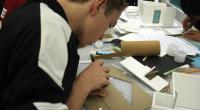




Comments
"So instead of continuing use of the crippled system, I would replace it with a newer and more energy efficient system, which is powered by solar energy"
CRIPPLED SYSTEM
random crap
Very good analysis of the of your cafeteria! Other than the material aspects of the cafeteria, did you give any thought about how well or poorly it handles lunch activities? Is there enough seating? Do the lunch lines handle traffic flow adequately? How a space handles circulation is an important factor to consider.